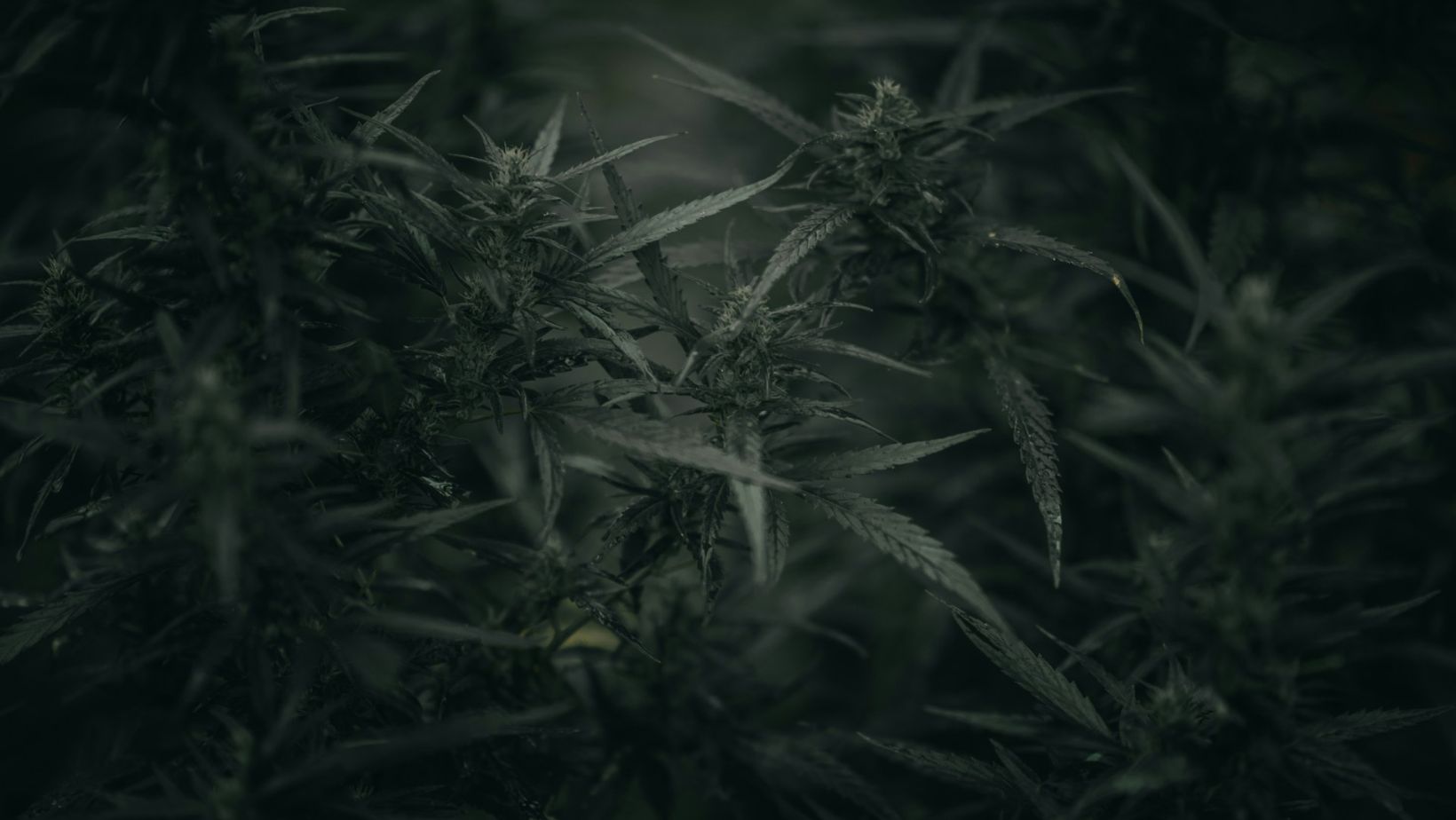Indoor Oasis: A Beginner’s Guide to Flourishing Cannabis Plants at Home
Cultivating cannabis at home can transform any indoor space into a lush oasis, offering not only personal satisfaction but also a direct connection to the cultivation process.
This guide is designed to navigate you through the essentials of indoor cannabis cultivation, from understanding the plant’s basic needs to advanced tips for ensuring your cannabis thrives. By adhering to this advice, you will be well on your way to becoming a proficient grower, capable of nurturing plants that yield potent and healthy buds.
Selecting Your Strain
Choosing the right cannabis strain is pivotal to your cultivation journey. Sativa strains generally require more space and height due to their tendency to grow taller, while Indicas are more compact and better suited for limited spaces. Autoflowering strains can be particularly forgiving for beginners, as they transition from the vegetative to the flowering stage with age rather than changes in the light cycle, simplifying the growing process.
Researching your chosen strain’s genetic background, expected yield, and flowering time can drastically affect your cultivation experience and outcome. Consider starting with strains known for their resilience and straightforward care requirements, providing a solid foundation for novice growers to build upon.
Creating the Perfect Environment
Climatic Conditions
To flourish, cannabis plants require a controlled environment where temperature and humidity are kept within optimal ranges. During the vegetative stage, aim for temperatures between 70-85°F (21-29°C) and relative humidity (RH) levels around 40-60%. As plants enter the flowering stage, reducing humidity to 40-50% can help prevent mold and bud rot.
Lighting
Adequate lighting is the cornerstone of successful indoor cannabis cultivation. LED grow lights are highly recommended for their efficiency and lower heat output. Ensure that your plants receive at least 18 hours of light daily during the vegetative stage and 12 hours during the flowering stage. This mimics the natural transition from summer to autumn, triggering flowering in photoperiod strains.
Nutrient Management
Cannabis plants have specific nutrient needs that change throughout their life cycle. In the vegetative stage, they require higher levels of nitrogen to support leaf and stem growth. During flowering, phosphorus and potassium become more critical for bud development.
Feeding Schedule: Overfeeding can lead to nutrient burn, while underfeeding can stunt growth. Begin with half-strength nutrient solutions and adjust based on the plant’s response. Observe your plants closely for signs of nutrient deficiencies or excesses, such as yellowing leaves (nitrogen deficiency) or burnt tips (nutrient burn).
Watering Wisely
The frequency and amount of watering are crucial for cannabis plants. Overwatering can lead to root rot, while underwatering can stress the plant, affecting growth and yield. Allow the top inch of soil to dry out between waterings, and ensure your pots have adequate drainage to prevent waterlogging. Using a moisture meter can remove guesswork, providing a more accurate assessment of soil moisture levels.
Pest and Disease Prevention
Keeping your grow space clean and monitoring your plants regularly can significantly reduce the risk of pest infestations and diseases. Implement preventive measures such as maintaining airflow with fans and using natural pest deterrents like neem oil. Should pests or diseases arise, identify them early and apply appropriate treatments to minimize damage to your plants.
Harvesting and Curing
Understanding the right time to harvest is critical for maximizing the potency and flavor of your cannabis. Trichomes, the tiny resin glands on the buds, visually indicate maturity. When most trichomes shift from clear to milky white, with some beginning to turn amber, it’s generally time to harvest.

Post-harvest, curing your buds slowly in airtight containers helps enhance their flavor and smoothness. Begin the curing process by drying your buds in a controlled environment, then store them in airtight jars, opening them daily for the first week to allow moisture to escape and prevent mold.
Conclusion
Cultivating cannabis at home, a journey that begins with the simple query “how to grow weed,” requires patience, attention, and a willingness to learn from each growing cycle. By selecting the right strain, creating an optimal environment, managing nutrients wisely, and mastering the art of watering, you can ensure your indoor cannabis garden survives and thrives.
Embrace the process, and you’ll soon find the rewards of your labor in the quality and potency of your home-grown cannabis. Remember, every grower starts somewhere, and with each plant, your green thumb will grow greener, turning the question of “how to grow weed” into a story of your successful cultivation journey.
The post Indoor Oasis: A Beginner’s Guide to Flourishing Cannabis Plants at Home appeared first on Spring Hill Med Group.




